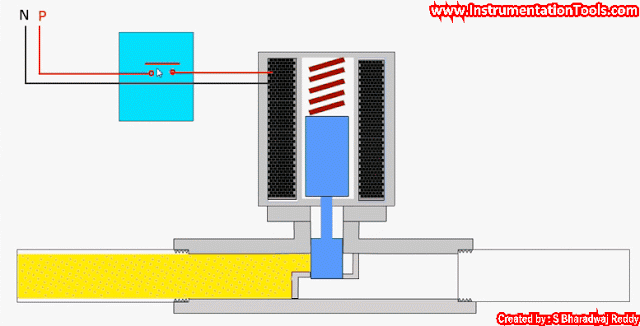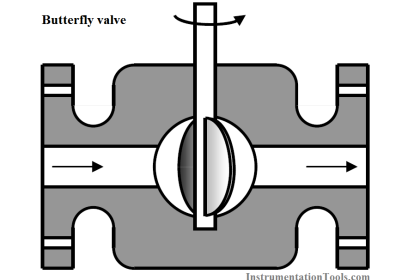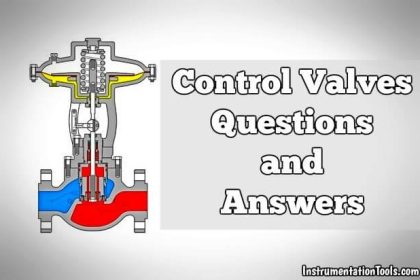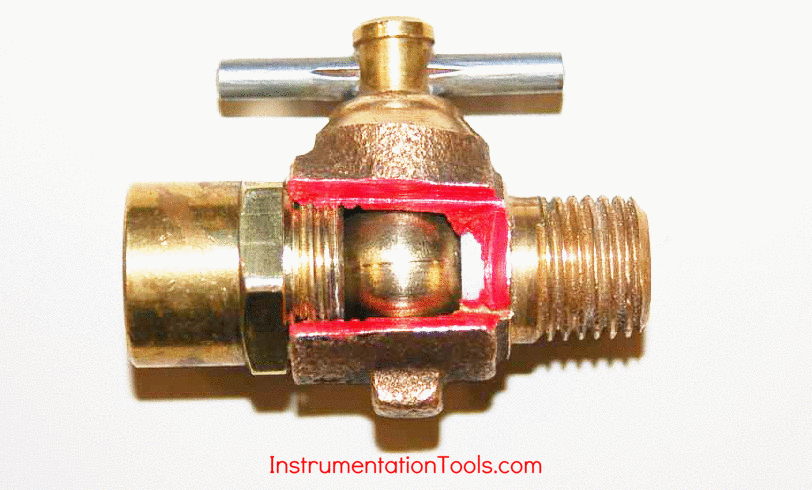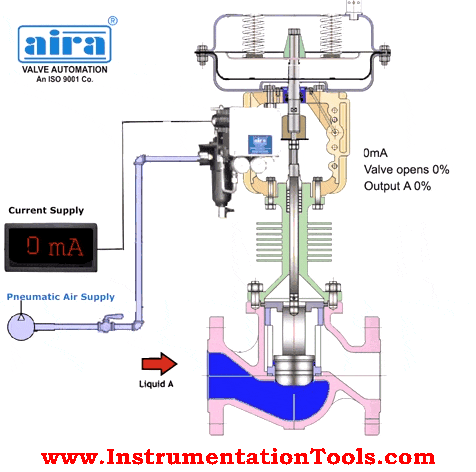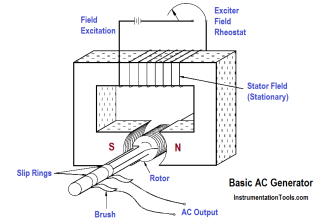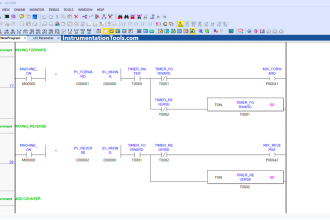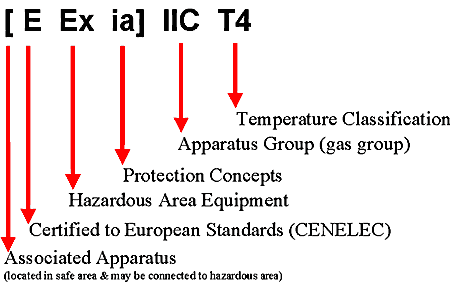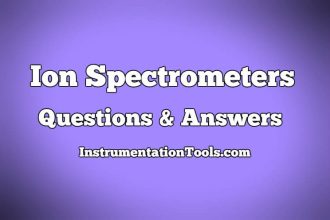Typically the face to face dimension requirement of the control valve is specified in the control valve specification. It defines the standards and codes to be used to standardize the face to face dimension of the valves.
The purpose of this standardization is to aid the piping designer in the preliminary design of the overall piping routing in isometric drawing or in the 3D model and also to standardize the control valve dimension to ensure installation interchangeability between a valve that has the same size, same rating, etc.
Please take a note that the dimension provided by the standards and codes is only a preliminary size, the vendor shall confirm that their control valve is in accordance with the standard and codes, otherwise, they shall inform the purchaser about their non-standard size.
Face to Face Dimension
Below are the typical standards and codes that are used to standardize the control valve dimension.
| Valve Type | Class | Size | Standards being used |
| Globe | 150 to 600 | ½” ~ 16” | ANSI/ISA-75.08.01 |
| 900 to 2500 | ½” ~ 18” | ANSI/ISA-75.08.06 | |
| Globe | All Classes | ½” ~ 36” | ASME B16.10 |
| High Performance Butterfly Valve | 150 to 600 | 3” ~ 24” | ASME B16.10 |
As preliminary, the following rule of thumb can be used.
The face-to-face dimensions of flanged globe-body control valves of body size ½” to 16” and ASME rating class 150, 300 and 600 should be in accordance with ANSI/ISA-75.08.01. For flanged globe body control valve of body size 16” and larger with ASME rating class 150 to 600, the face to face dimensions of ANSI B16.10 may be used.
The face to face dimensions of flanged globe body control valve of body size ½” to 18” and ASME rating class 900 and above should be in accordance with ANSI/ISA-75.08.06. For globe control valves body size larger than 18”, the face to face dimensions of ASME B16.10 may be used.
Read Also:
- Control Valve Calibration
- RTJ & T&G Flange Facing
- Valve End Connection
- What are BDV and PSV?
- Control Valve Characteristic

